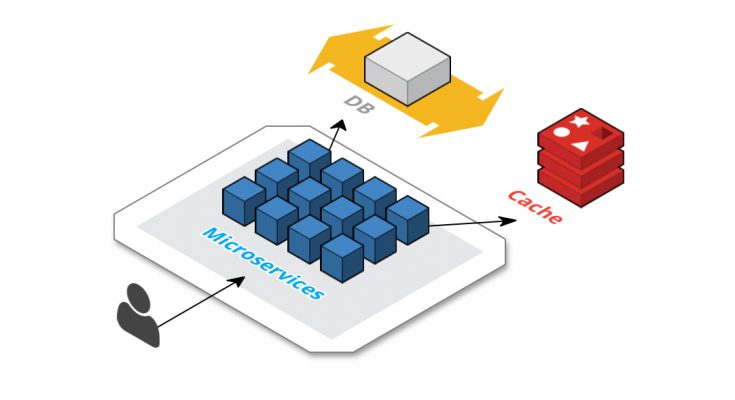Container orchestration is quickly becoming an essential part of software development. It enables developers and DevOps teams to automate distributed applications’ deployment, management, scaling, and networking. By leveraging container technologies such as Docker and Kubernetes registry, organizations can increase their agility while reducing costs associated with manual operations for deploying applications in production environments. In this blog post, we’ll explore some key benefits container orchestration provides to software development teams.
Development Workflow
The workflow of the development phase is where the most benefits from container orchestration come into play. The initial development phase can be highly inefficient, as it involves many developers running multiple instances of the same application to test their changes.
Here’s how container orchestration can help:
- Developers will no longer need to worry about provisioning new environments, as this is done automatically by the orchestration platform.
- Testing can be automated—allowing for faster iteration and quicker feedback cycles.
- Debugging and troubleshooting are made simpler and faster by using containers, as it provides an isolated environment from the rest of the application.
- Deployment can also be automated, eliminating the manual process of deploying to production.
- Security can be improved, as the platform provides a secure way of running applications.
Orchestration platforms also provide a central place to manage the entire lifecycle of your application. This means that developers can focus on writing code and not worry about setting up new environments, provisioning resources, or deploying applications.
The Process of Container Orchestration
Container orchestration is deploying containers on a cluster of servers for coordinated execution. The cluster is managed by a container orchestrator, which schedules containers on the cluster and manages their lifecycle.
Containers are deployed on a cluster of servers managed by a container orchestrator. The orchestrator schedules containers on the cluster and manages their lifecycle. When you deploy an application using Docker, Kubernetes, or another container orchestration tool, the process is similar to deploying a traditional VM-based application. You package your application code into a container image and deploy it to production servers.
Container orchestration is an essential component of a cloud-native strategy. It allows you to manage your containerized applications at scale by providing a single management model for all your containers.
Alternative Methods of Orchestration
As you can see, there are many options to choose from when choosing a method of orchestration. You should consider how much control you want over your software development workflow and how much effort you want to put into the process.
Manual deployment is the best option for you if you want complete control over every aspect of your software development workflow. However, if this is too time-consuming or tedious for your team, infrastructure as a service might better suit your needs.
If your team prefers using applications hosted on third-party platforms rather than installing them locally on their own devices (e.g., Google Docs instead of Microsoft Word), the platform as a service may be right for them.
Ultimately, the best option is whatever works best for your team. If you want complete control over every aspect of your software development workflow and are willing to put in the time to manage it yourself, manual deployment may be right for you. However, if this sounds like too much effort or time for your team’s needs, infrastructure as a service might better suit your needs.
Common Challenges of Container Orchestration
Although container orchestration can help improve the efficiency of your software development process, there are a few common challenges you may encounter while using it:
1. Security: Containers have become an increasingly popular target for malicious actors due to their ability to quickly spread across networks and because they often contain sensitive data. When deploying applications with container orchestration, it’s vital to ensure that the containers are properly secured.
2. Performance: Containers can be deployed and managed quickly, but managing them at scale can be challenging. A poorly configured cluster can lead to slow response times or even outages. To ensure optimal performance, you must carefully manage the resources allocated to the cluster.
3. Cost: Container orchestration can help reduce costs associated with infrastructure and deployment, but it’s essential to consider the cost of running the cluster itself. Depending on your use case, deploying many containers can become expensive.
4. Scalability: As your application grows in popularity and usage, you may need to scale the cluster to accommodate more traffic. This can be challenging and time-consuming if done manually. To ensure that your application runs smoothly, you must have a strategy for quickly scaling up or down as needed.
Conclusion
Container orchestration allows developers to quickly deploy applications cost-effectively while ensuring maximum security, performance, and scalability. By following best practices and using the right tools, you can ensure that your applications are deployed quickly and efficiently. While there may be challenges along the way, utilizing container orchestration can help you meet them head-on.



